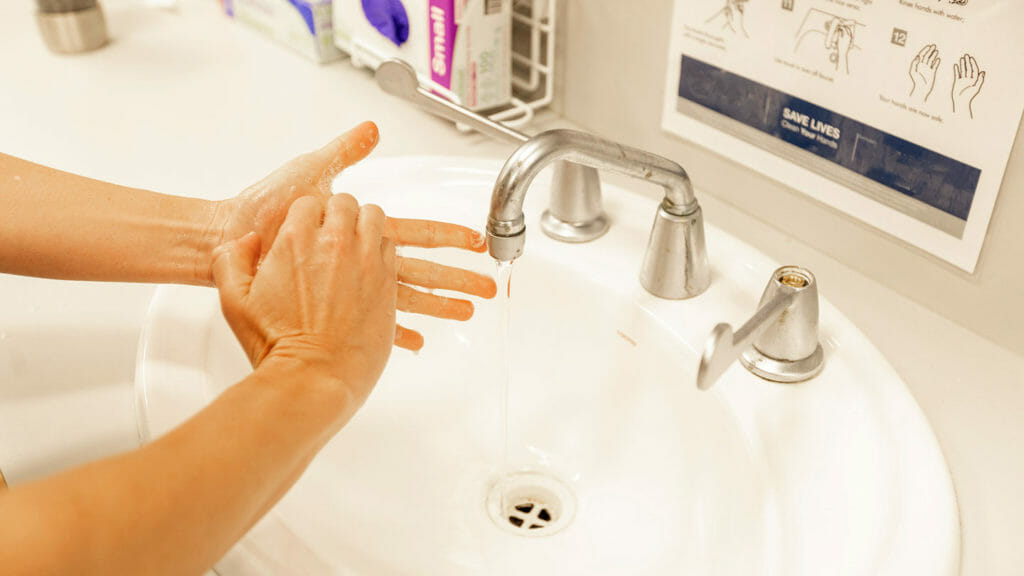

Nursing home workers faced an elevated risk of contracting COVID-19 even after infection control prevention and other mitigation strategies were put in place to prevent the spread of the disease inside facilities, according to a new study.
Researchers found an initial infection rate of about 35.5% among the eligible 203 staff members during the first assessment period, which occurred between August and November 2020. The infection rate was 29% among staff during the second assessment period, which was between February and March 2021.
Findings were detailed Sunday in the Journal of Post-Acute and Long-Term Care Medicine by Emory University researchers. Investigators used data from 14 Georgia nursing homes during the 2020/2021 winter COVID-19 surge.
Researchers noted that federal policies required universal masking, ramped up regular testing and released infection control guidance all by late 2020 — prior to staff vaccination programs that started early 2021. Just 36% of staff who participated in the study were vaccinated at the time.
Investigators said the findings mean “infection risk persisted related to occupational factors” despite the mitigation strategies already in place.
“These results suggest that mitigation strategies, prior to vaccination did not eliminate occupational risk for infection and emphasize [the] critical need to maximize vaccine utilization to eliminate excess risk among front line providers,” the authors concluded.





